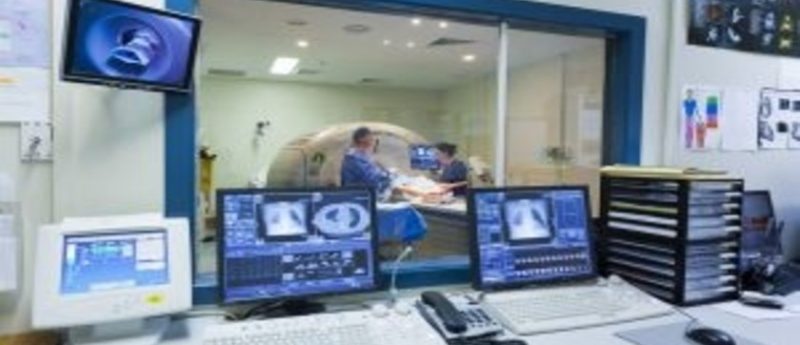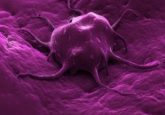Photoacoustic mammography: prospects and promises

Breast cancer is the most frequently occurring malignancy in women, and the leading cause of cancer death, with up to 0.5 million mortalities in 2008 [1]. The strategy to reduce breast cancer deaths is by early detection, reliable diagnosis and effective treatments. The standard imaging modality for breast cancer detection by screening asymptomatic women is x-ray imaging. Diagnosis is performed after the triple assessment of x-ray mammography, ultrasonography and biopsy. MRI is used in specific problem-solving situations, such as when contradictory results are obtained from x-ray and ultrasound images. x-ray mammography is capable of producing 2D projection images with a high spatial resolution. However, x-ray mammography, besides possessing ionizing hazards and requiring painful breast compression, is less sensitive in dense breasts [2]. Ultrasonography is limited by poor soft tissue contrast, inherent speckle noise, strong operator dependence and lack of standardization. Both x-ray mammography and ultrasound imaging focus on morphological changes in tissue, which are usually manifested in later progression of disease. MRI has high sensitivity, being capable of visualizing functional information of tumors, but suffers from variable specificity, a relatively high cost and the need of a contrast agent, and excludes pregnant women, subjects with metal implants and claustrophobia [2]. Thus, there is a great need for an alternative nonionizing imaging technique to detect and diagnose early stages of breast cancer with high sensitivity and specificity, but without discomfort or the need of contrast agents.
Click here to view full article.


